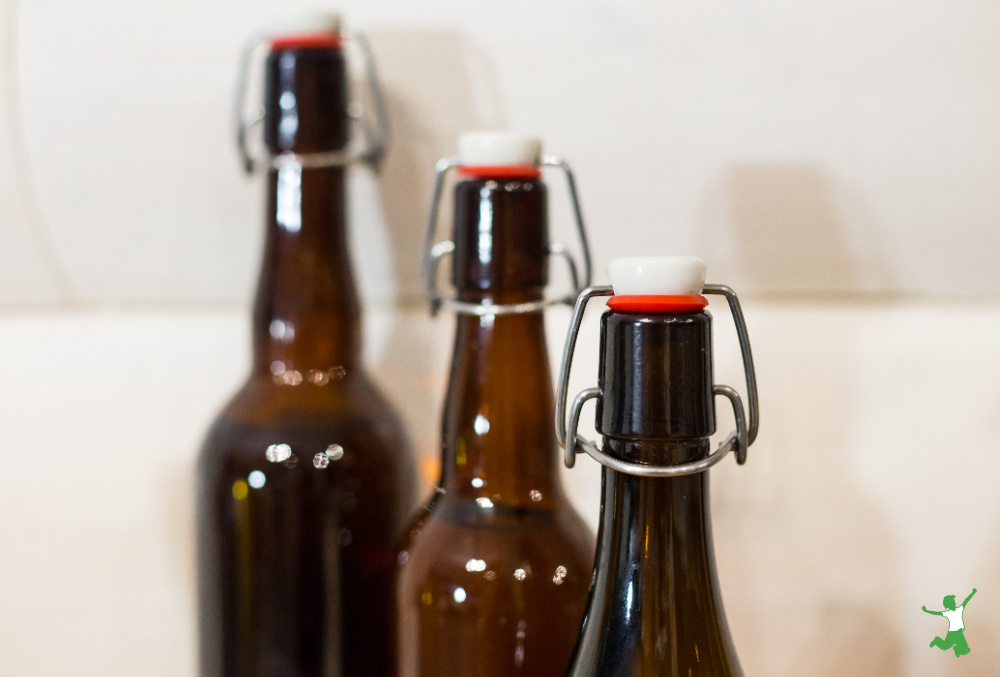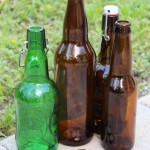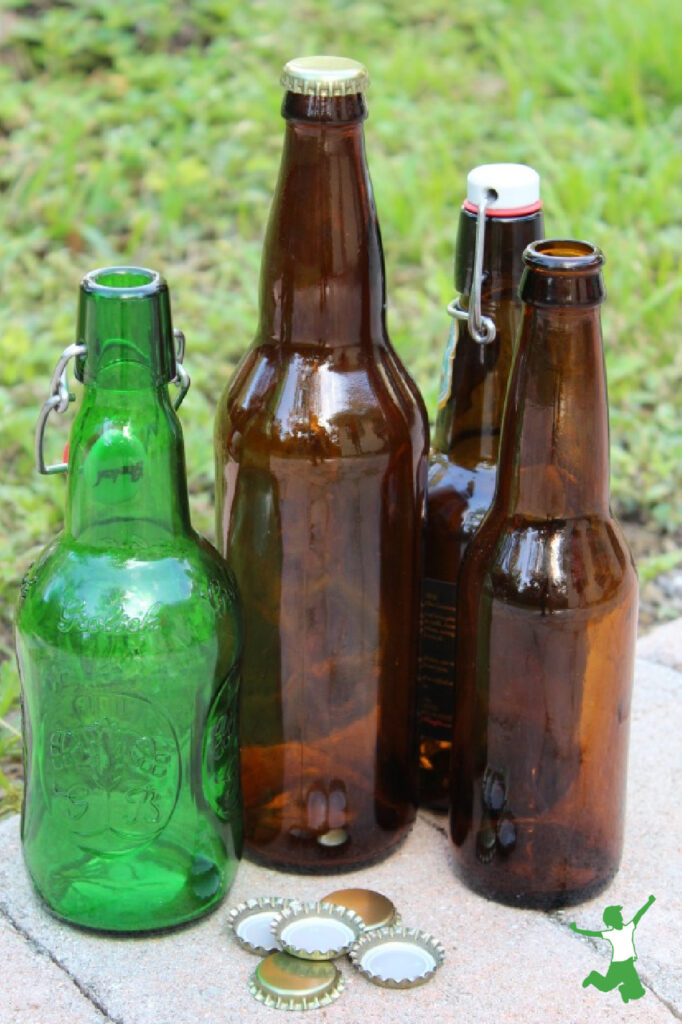Table of Contents[Hide][Show]
How to bottle homemade fermented beverages for extra carbonation, bubbles, and fizz on par with commercial sodas. This secondary fermentation provides extra probiotics and enzymes too!

If you’ve been reading this blog for any length of time, you know that I am a big advocate of probiotic fermented beverages.
A survey of ethnic drinks from around the world reveals that enjoyment of the unique, health-boosting refreshment furnished by traditionally fermented beverages is nearly universal.
These drinks are the healthy sodas of old, minus the additives, chemicals, GMO high fructose corn syrup, and artificial colors and flavors.
Plain water pales in comparison to the effective manner in which a homemade soda or fermented drink quenches thirst after a sweaty round of yard work, exercise, or adventure in the outdoors through rapid replacement of lost electrolytes.
Traditional beverages also promote the thorough digestion of food by supplying additional enzymes when sipped with meals.
When carefully made with quality ingredients, alcoholic fermentation is replaced with lacto-fermentation with complex flavors and a slight effervescence the enjoyable result.
With nearly all ancestral cultures boasting at least one delicious, artisanal fermented beverage made from the local bounty of the fields, the modern addiction to sugar and synthetically sweetened sodas suggests that our desire for a bubbly drink is a most basic and primal need.
Homemade fermented beverages are indeed the answer to the modern addiction to soda!
Primary Fermentation
If you haven’t yet embarked on a fermented beverage adventure in your kitchen, there are numerous how-to’s on this blog to help you get started or expand your repertoire as needed.
Here are a few of the recipes and video lessons I’ve posted over the years to give you some ideas:
- Hindu Lemonade
- Switchel
- Beet Kvass
- Orangina (fermented orange juice)
- Water Kefir
- Basic Homemade Kombucha
- Ginger Ale
- Advanced Kombucha Brewing
- Root Beer
Extra Carbonation
While all of these beverages will yield a satisfying, slightly effervescent drink, some people find that they want more fizz.
This is especially the case for those attempting to break a commercial soda habit.
This is possible, but an extra step…bottling…is necessary to produce extra carbonation.
Bottling is a secondary fermentation that adds not only high levels of fizz, but extra probiotics and enzymes too!
This will achieve a level of bubbliness comparable to store soda.
A successful secondary fermentation involves knowing:
- Where to find the right bottles
- How much to fill them
- How long to leave them on the counter
- Safe opening without an explosion and a big mess.
Note that you should only consider bottling after the initial fermentation process is complete.
In other words, bottling is an extra step to achieve extra fizz and probiotics if desired.
In other words, secondary fermentation of cultured beverages is not necessary if you are already enjoying your homemade drinks just the way they are.
Pressed for time?
Try this 5-minute homemade soda recipe that my son invented and taste-tested as his school Science Fair project!

How to Bottle Fermented Beverages
How to bottle homemade fermented beverages for extra carbonation and fizz on par with commercial sodas.
Ingredients
- 2 quarts homemade fermented beverage see list above for ideas
Equipment
- 8 12-ounce homebrew bottles
- 8 bottle caps and capper
- 8 swing top bottles with attached cap optional (if above equipment is not available)
Instructions
-
Thoroughly wash and dry homebrew bottles with warm soapy water. Do not use the dishwasher.
-
Fill each 12 ounce homebrew bottle two-thirds full (about 8 ounces). In other words, do not fill beyond the lower neck of the bottle. This leaves ample room for carbonation so the bottles don’t explode and blow off the caps!
-
Attach bottle caps with capper -OR- secure caps on swing top bottles securely.
-
Leave on the kitchen counter for 2 days.
-
Refrigerate for a full day to make sure each bottle is very, very cold.
-
Open each bottle only when very cold and crack each cap slowly to gradually release the pressure from the carbonation without making a mess. I recommend opening the bottles in your kitchen sink.
Recipe Video









When I open my refrigerated beverages, I always put my left hand on top of the bottle, while in the sink, and slowly start to pop it open – that way I can close it really fast if it seems like it might be coming out too quickly, I’ll put it back in the fridge and do it again each day until I can actually pour it into a glass, but i also try to pour close to or in the sink so I can clean up any mess.
Can you bottle in a mason jar?
Hey Sarah, why is it ok to use colored glass for bottling but not for the brewing jars?
I was curious about the same thing? I bought some clear glass bottles, but am curious about the colored ones in the video.
Great post on traditional drinks. I have been brewing my own root beer for years. I’ve started making my own hard cider as well but that is for a different post. 🙂
I love the videos and my all time favorite drink is ginger ale so I am going to try your recipe. Ginger ale has been my favorite part of flying on an airline since my earliest years. Thanks for the inspiration.
THANK YOU FOR THIS VIDEO!!!!! I’m going to go do it RIGHT now! 😀